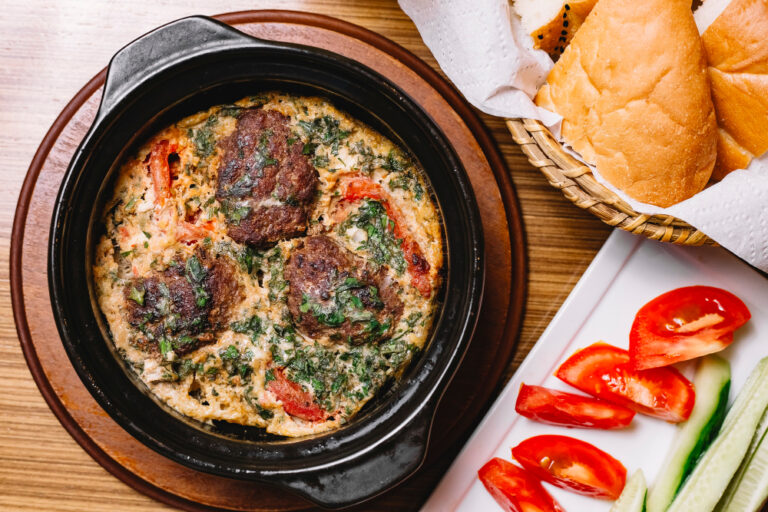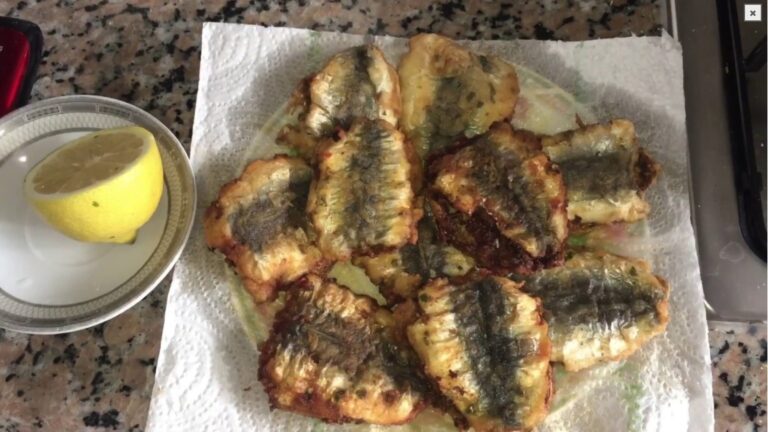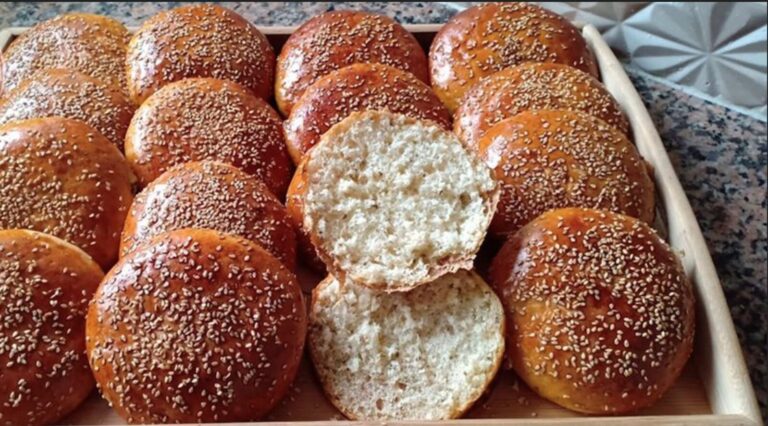
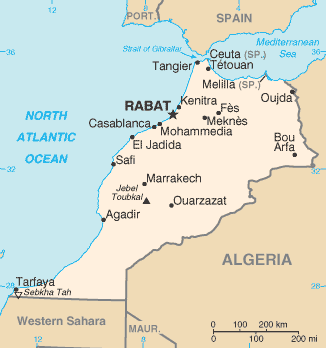
When travelers think of Morocco, images of colorful souks, desert dunes, and historic medinas often come to mind. Yet, beyond its timeless traditions lies another side: the Morocco metropolis experience. From Casablanca’s modern skyline to Rabat’s cultural vibrance, Morocco’s urban centers blend history and modernity, offering a dynamic way to explore the country. This article dives into the Morocco metropolis concept, guiding you through its key cities, urban attractions, cultural insights, and travel tips that bring the country’s metropolitan side to life.
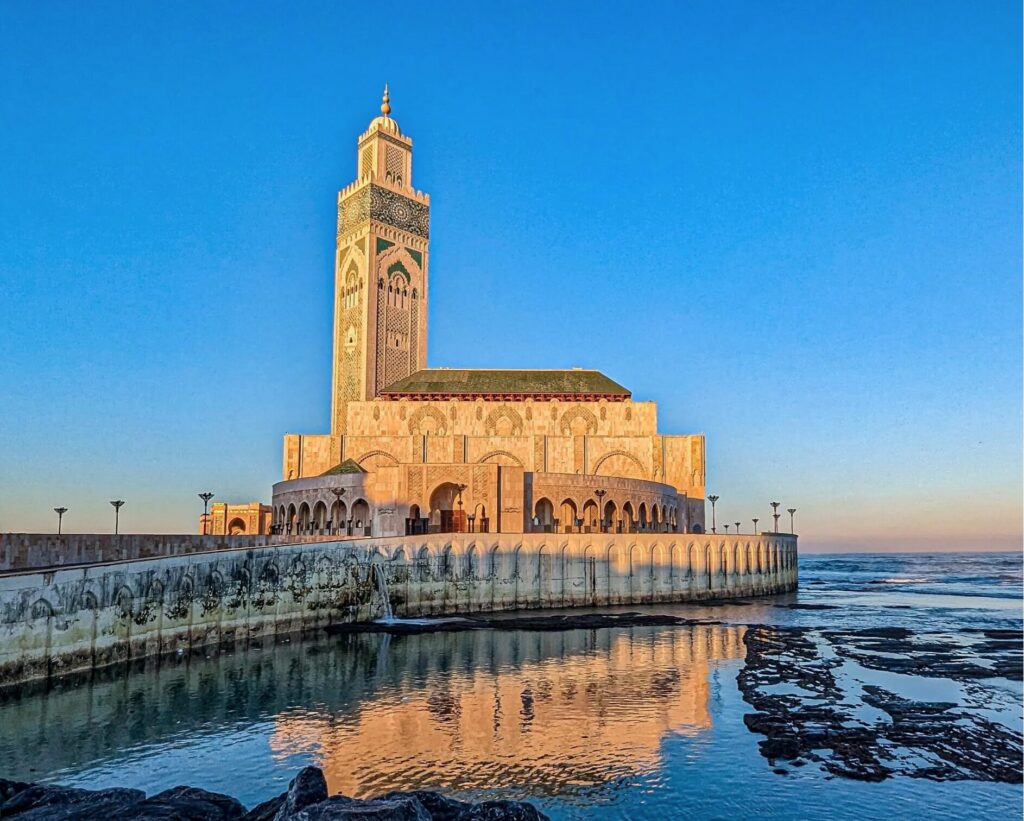
Morocco Metropolis: An Overview
The phrase Morocco metropolis describes the country’s bustling urban hubs—Casablanca, Rabat, Marrakech, Tangier, and Fes—where history meets rapid modernization.
- Casablanca, Morocco’s largest city, is often seen as the nation’s economic powerhouse. Its port is among the largest in Africa and its modern architecture showcases Morocco’s future.
- Rabat, the capital, serves as the political and administrative center, with landmarks like the Hassan Tower and the Royal Palace.
- Marrakech, often nicknamed the “Red City,” balances tourism, culture, and commerce while maintaining its historic charm.
- Tangier, a northern gem overlooking the Strait of Gibraltar, connects Africa and Europe both geographically and culturally (learn more about Tangier).
- Fes, with its ancient medina, highlights how Morocco blends a medieval past with a growing modern infrastructure.
Together, these cities create a metropolitan fabric that represents Morocco as both a traditional and cosmopolitan nation.
Must-See Attractions in Morocco’s Metropolises
Casablanca – The Modern Hub
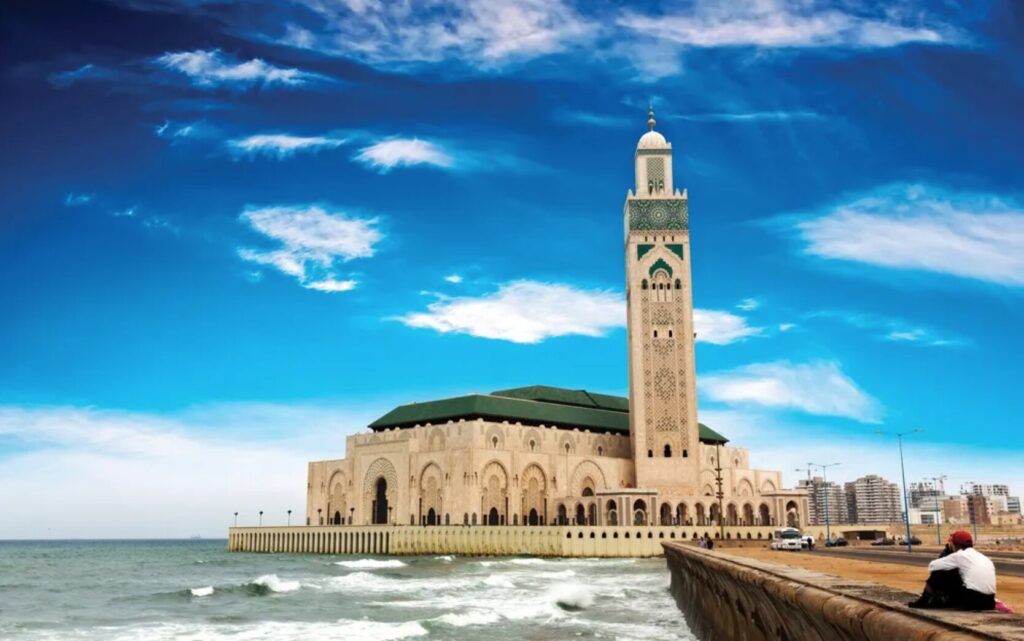
Casablanca is home to the Hassan II Mosque, one of the largest in the world, rising above the Atlantic Ocean. Beyond religious architecture, the city boasts art deco neighborhoods, bustling markets, and a vibrant nightlife.
Rabat – A Capital of Heritage
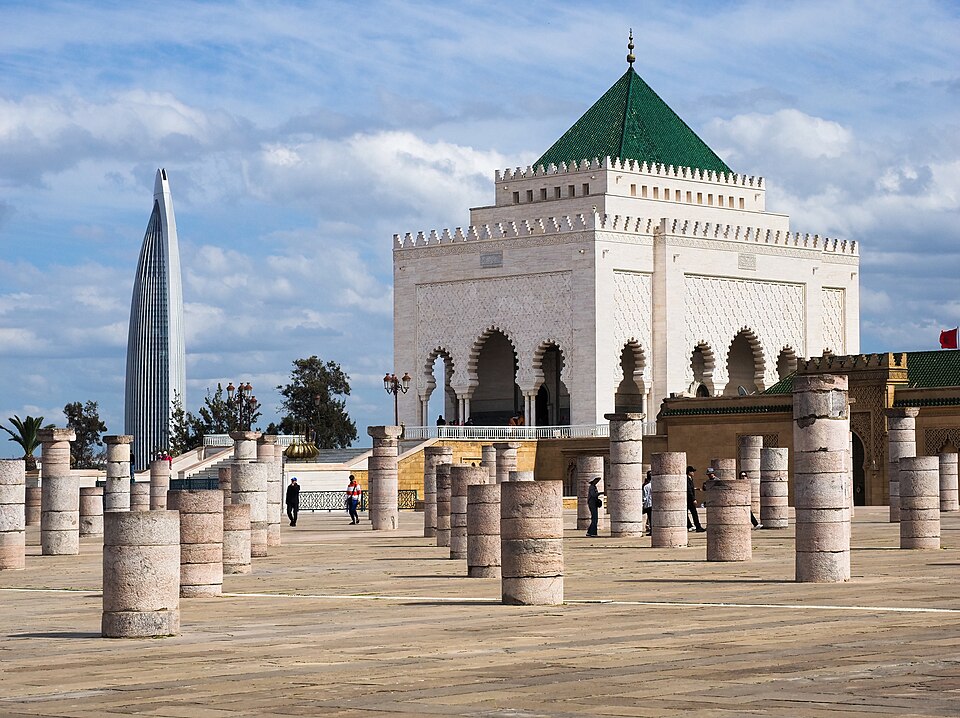
Rabat, listed as a UNESCO World Heritage Site, combines historical monuments like the Hassan Tower and Chellah with green boulevards and modern cultural spaces.
Marrakech – Where Old Meets New
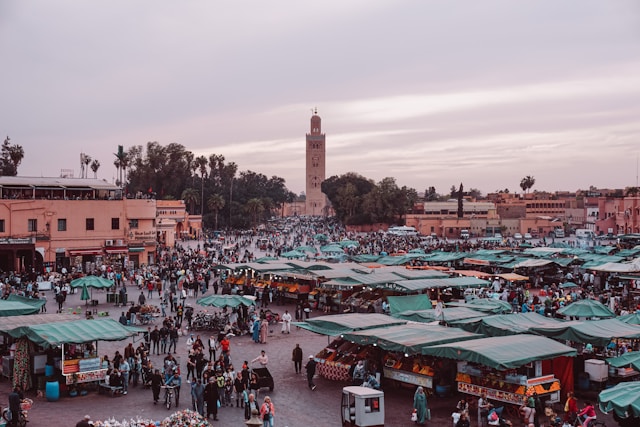
Marrakech is a must-see for those exploring the Morocco metropolis. Its Jemaa el-Fnaa square buzzes with life, while new luxury resorts and conference centers attract international business and cultural events.
Tangier – Gateway Between Continents
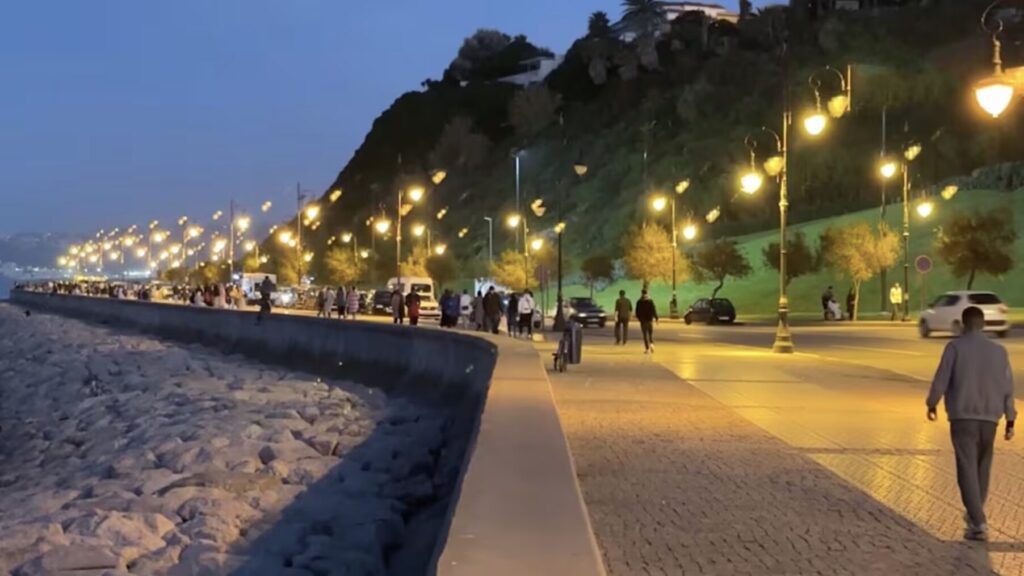
Tangier’s metropolitan side shines in its modern port, renovated corniche, and international business districts. Yet, visitors can easily step into its old medina for a taste of Morocco’s soul.
Fes – Tradition and Learning
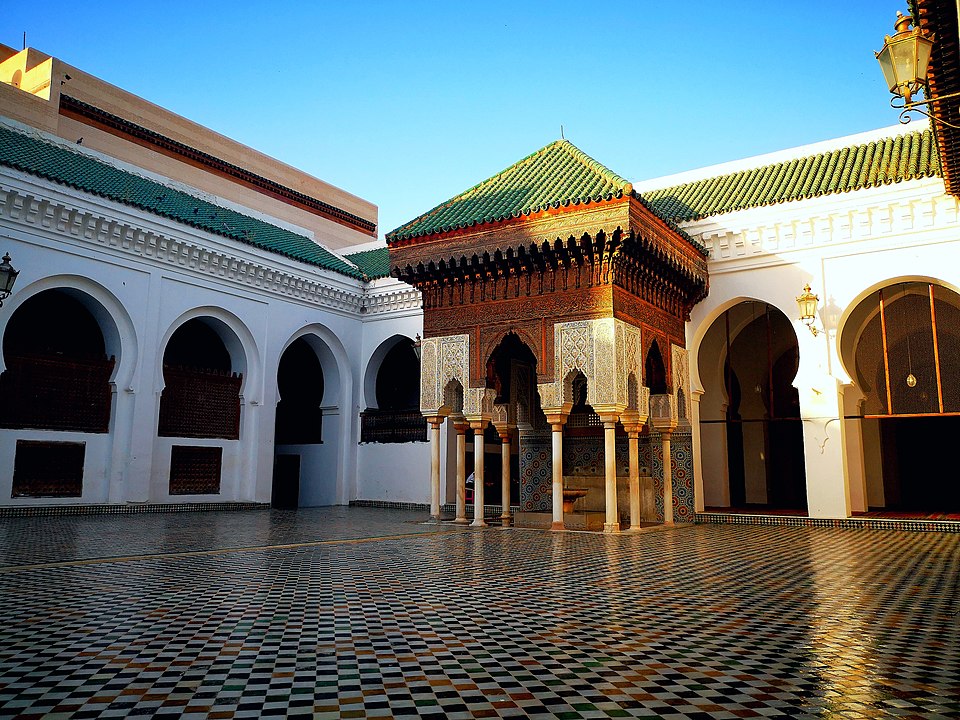
As Morocco’s historic spiritual capital, Fes offers a metropolitan twist with universities, artisan centers, and cultural festivals that attract global attention.
Travel Tips and Cultural Insights
Getting Around the Morocco Metropolis
Urban Morocco has strong transport connections. High-speed trains connect Casablanca, Rabat, Tangier, and soon Marrakech, making city-hopping easy. Within cities, trams and taxis are the best way to get around.
Urban Etiquette and Cultural Norms
While Morocco’s metropolises are cosmopolitan, respecting local traditions remains key. Dress modestly, greet shopkeepers with “Salam Alaikum,” and remember that bargaining is part of the culture in markets.
Language in the Cities
In Morocco’s metropolitan areas, Arabic, French, and increasingly English are widely spoken, making communication smoother for travelers.
Real-World Traveler Stories
Take Amal, a traveler from Spain, who arrived in Casablanca expecting only business vibes. Instead, she found herself mesmerized by the Hassan II Mosque at sunset and sipping mint tea in art deco cafés.
Or Karim, a Canadian-Moroccan visiting Rabat, who described walking through the medina before attending a contemporary art exhibition in the city’s modern museum—two worlds blending seamlessly.
These stories reflect how exploring a Morocco metropolis reveals a multi-layered cultural experience, where tradition and modernity coexist.
Future Travel Recommendations and Seasonal Insights
Best Time to Visit Metropolises
Spring (March–May) and fall (September–November) are ideal times to explore Morocco’s cities, with mild temperatures and plenty of cultural festivals.
Emerging Urban Destinations
Besides the big five, cities like Agadir (famous for beaches and modern resorts) and Oujda (a growing hub near the Algerian border) are rising as urban travel destinations.
Seasonal Highlights
- Summer: Tangier’s international music festivals and beach vibes.
- Winter: Casablanca’s mild climate makes it perfect for a city break.
- Ramadan: Unique to experience in any metropolis, with nighttime feasts and a festive atmosphere.
FAQ – Morocco Metropolis
What is meant by Morocco metropolis?
It refers to Morocco’s major cities, like Casablanca, Rabat, Marrakech, Tangier, and Fes, where modern infrastructure blends with historic charm.
Which is the largest metropolis in Morocco?
Casablanca is the largest metropolis, serving as the nation’s economic and business center.
Are Moroccan metropolises safe for tourists?
Yes, Morocco’s major cities are generally safe. As in any big city, stay alert in crowded areas and safeguard your belongings.
How do I travel between Moroccan metropolises?
High-speed trains (Al Boraq), domestic flights, and highways connect major cities, making travel efficient and comfortable.
Do Moroccan metropolises offer modern amenities?
Absolutely! From luxury hotels and malls to international cuisine and Wi-Fi, Moroccan cities cater to modern travelers while retaining their cultural roots.
Conclusion
Exploring a Morocco metropolis opens up a world beyond the desert dunes and mountain treks. It’s where mosques meet skyscrapers, souks meet shopping malls, and centuries of tradition stand proudly beside futuristic innovation. Whether it’s Casablanca’s buzzing energy, Rabat’s calm elegance, or Marrakech’s vibrant pulse, Morocco’s urban centers promise a journey filled with diversity and discovery.
If you’re planning a trip to Morocco, don’t limit yourself to just the desert or mountains—immerse yourself in the Morocco metropolis and witness the country’s fascinating evolution.

